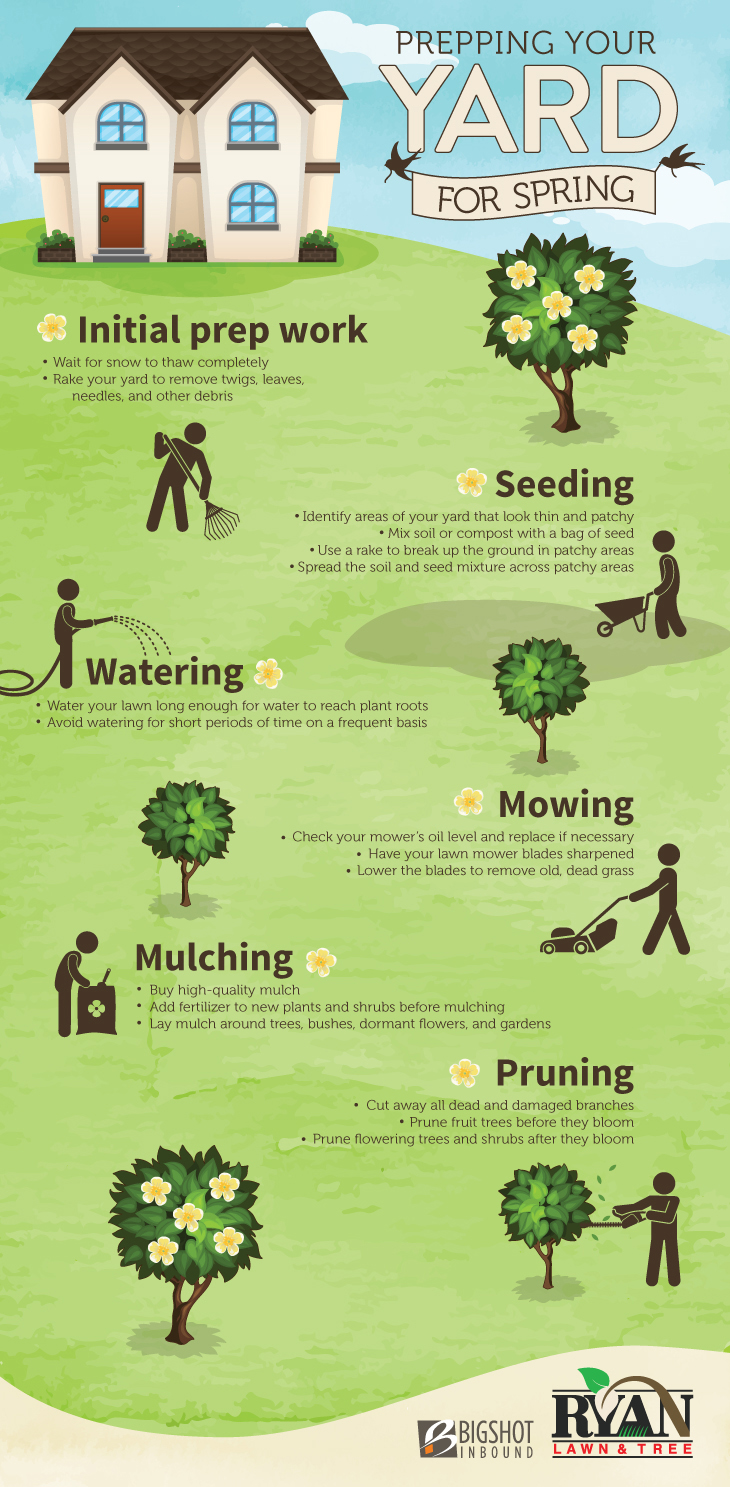Indicators That It Is Necessary To Get Rid Of A Tree - A Handbook For Homeowners
Indicators That It Is Necessary To Get Rid Of A Tree - A Handbook For Homeowners
Blog Article
Web Content By-Hollis Noer
Trees add elegance and worth to residential or commercial property, but they can likewise present a threat throughout extreme climate events. If a tree has actually stopped expanding, is showing visible fungal growth, or has a leaning trunk, it needs to be gotten rid of by a specialist to stay clear of residential property damages and injury.
To get more information, participate in a property owner resource fair co-hosted by HPD, the Facility for New York City Neighborhoods, and Brooklyn-based real estate companions this evening in Bedford-Stuyvesant. The event will include the House owner Manual, a brand-new guide to aid home owners navigate the duties of owning a home.
1. Dead or Perishing Branches
Trees are an indispensable part of your home's landscape, using shade and appeal. They also give shelter for wildlife and produce oxygen, but even healthy and balanced trees can experience health issue that may necessitate their removal. Dead or passing away trees aren't just unsightly, they can be unsafe. Their branches can drop during a storm, resulting in expensive residential property damage and injuries.
When a tree's branches begin to die, it implies that its structure is beginning to break down. If most of its branches are dead, it is likely time to remove it.
Seek a lack of brand-new development, bark peeling, open wounds or tooth cavities, fungis growing on the trunk or origins and a basic look of degeneration in the whole cover. These indications of infection can show a severe trouble that will certainly need professional tree services to fix.
2. Leaning Trunk
While it's typical for trees to lean periodically as a result of phototropism, if a tree has a dangerous or extreme lean that's not because of natural processes - it could be an indication that the tree requires to be gotten rid of. If the tree is favoring a high-voltage line, home, vehicle, play framework or any other location that could be dangerous to people if it falls, then getting in touch with a professional tree solution for removal must be a top priority.
It's also essential to look for any kind of sudden changes in a tree's leaning as it can suggest damage to the origins or trunk that may cause falling. linked resource site is especially real throughout stormy weather, considering that high winds and rain-soaked soil can cause a lean to transform quickly. Routine surveillance, especially during and after tornados can help homeowners acknowledge prospective problems with their trees so they can call an arborist for a comprehensive examination.
3. Insect Invasion
Some pest infestations, such as wood-boring pests like emerald ash borer or sap-suckers like range bugs, are so extreme that they can cause a tree to pass away. The very best means to prevent pest problem is to monitor your trees on a regular basis. Look for spots, holes, or stainings in the leaves and bark. Check out the trunk for splits and indicators of insect damage, such as passages or tracks.
If a tree ends up being as well ravaged with insects, or is close to a home or high-voltage line, an arborist might suggest elimination. If a leaning tree establishes a new, unstable lean, an arborist will likely recommend removal as well to make certain the safety of people and residential or commercial property. If https://how-to-remove-tree-stump83726.fare-blog.com/29456811/making-certain-a-smooth-tree-elimination-experience-expert-tips-and-tricks damaged or dead tree continually sheds excessive branches, it is an indicator that it is time to eliminate the tree. If a tree remains to lose branches for an extended period of time, it might bring about architectural problems and prospective home damages.
4. Harmed Trunk
Trees are a beautiful and integral part of our landscape, however they do need regular like keep them healthy and balanced and secure. If a tree is harmed beyond repair it is likely time for it to come down.
Search for indicators of damage to the trunk, including upright splits, joints, dead branch stubs, noticeable wounds or open cavities and serious tree-rot. The visibility of fungis at the base of the trunk is another cautioning sign. Fungi may show that the phloem and xylem (life-support tissues) are endangered, allowing for the spread of disease or a future failure.
Likewise, think about whether the tree has actually quit expanding. Healthy trees will have brand-new development each year, which may show up as buds or branches growing and prolonging. If you don't see any kind of brand-new development, it's a great idea to have an arborist evaluate the tree and follow their suggestion for removal. A dying or damaged tree can fall and create building damages.